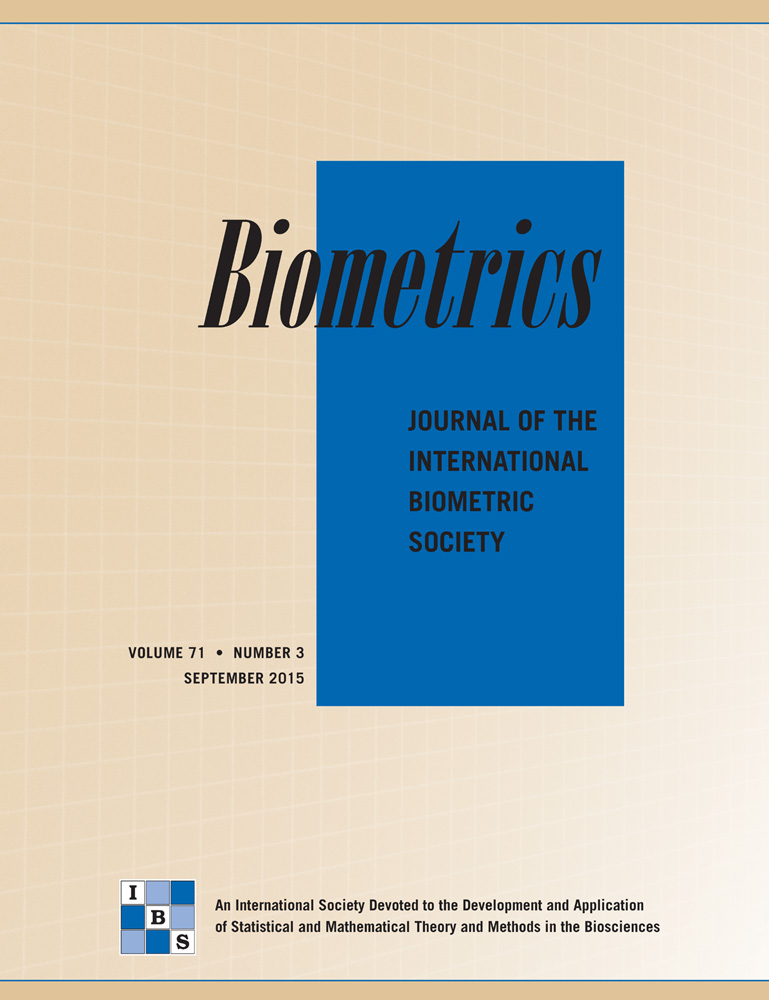Predictive classification of correlated targets with application to detection of metastatic cancer using functional CT imaging
Summary
Perfusion computed tomography (CTp) is an emerging functional imaging modality that uses physiological models to quantify characteristics pertaining to the passage of fluid through blood vessels. Perfusion characteristics provide physiological correlates for neovascularization induced by tumor angiogenesis. Thus CTp offers promise as a non-invasive quantitative functional imaging tool for cancer detection, prognostication, and treatment monitoring. In this article, we develop a Bayesian probabilistic framework for simultaneous supervised classification of multivariate correlated objects using separable covariance. The classification approach is applied to discriminate between regions of liver that contain pathologically verified metastases from normal liver tissue using five perfusion characteristics. The hepatic regions tend to be highly correlated due to common vasculature. We demonstrate that simultaneous Bayesian classification yields dramatic improvements in performance in the presence of strong correlation among intra-subject units, yet remains competitive with classical methods in the presence of weak or no correlation.




